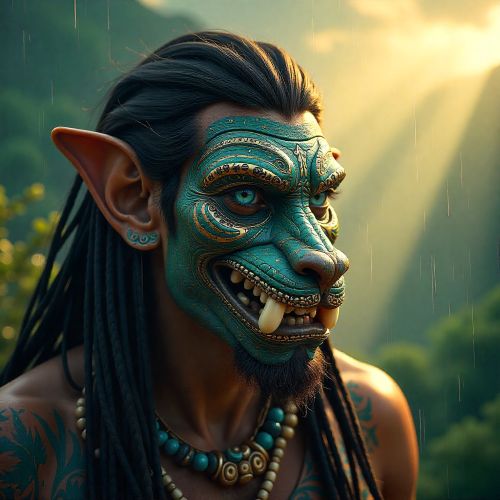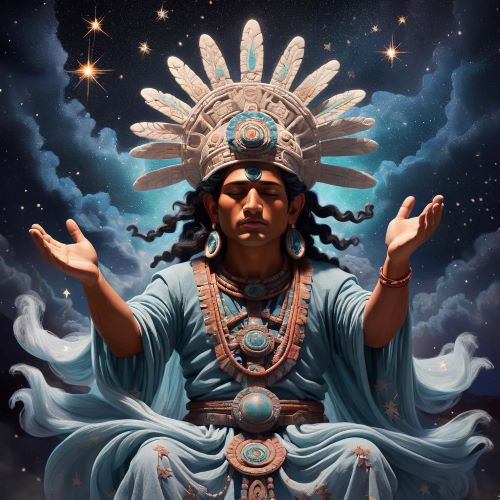Zapotec & Mixtec Mythology
Zapotec and Mixtec mythology, rooted in the ancient civilizations of Oaxaca in southern Mexico, reflect two of Mesoamerica’s richest cultural traditions. Though distinct in language and history, both peoples developed spiritual worldviews deeply tied to the cycles of nature, the sacred role of ancestors, and the balance between humans and the divine. Their myths were preserved through oral storytelling, codices, and ceremonial practices, many of which still influence Indigenous identity in Oaxaca today. Exploring Zapotec and Mixtec mythology reveals a vibrant spiritual heritage where deities, ancestors, and natural forces are woven together into living traditions of meaning and resilience.
Zapotec mythology centers on creation stories and agricultural cycles, reflecting the importance of maize, rain, and fertility. Cocijo, the rain and lightning deity, was one of the most powerful figures, responsible for sustaining crops and life itself. The Zapotec also believed in supernatural forces tied to the underworld and the ancestors, who were venerated through ceremonies and offerings. Their myths emphasized the sacred responsibility to honor the gods and the land, reinforcing values of respect, reciprocity, and balance. Through rituals, festivals, and sacred architecture in places like Monte Albán, the Zapotec gave material form to their mythology, creating spaces where humans and the divine could meet.
Mixtec mythology, meanwhile, is preserved in painted codices that depict gods, heroes, and ancestral rulers in vivid symbolic form. Central figures include Dzahui, the rain god, and Lady 9 Grass, a powerful ancestral goddess. Many stories describe the heroic deeds of Mixtec rulers, blending myth with history to emphasize divine legitimacy and cultural identity. Creation stories recount how the world emerged from primordial caves and rivers, highlighting the sacred role of natural features in Mixtec life. These myths reinforced the deep connection between the Mixtec people, their rulers, and the land, ensuring that political and spiritual authority were inseparable.
Today, Zapotec and Mixtec mythology remain vital to cultural identity in Oaxaca. Ceremonies, festivals, and community traditions keep these myths alive, while ancient codices and sacred sites continue to inspire research and artistic expression. Modern writers, artists, and filmmakers reinterpret these traditions for new audiences, ensuring that the spiritual depth of these cultures is not forgotten. For Zapotec and Mixtec communities, mythology is not only a memory of the past but also a living link to ancestry, land, and resilience. Exploring Zapotec and Mixtec mythology offers not only fascinating stories of gods, ancestors, and creation but also a deeper understanding of Indigenous worldviews that continue to thrive in modern Mexico.




